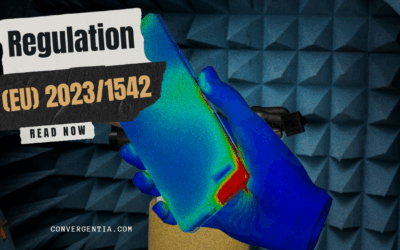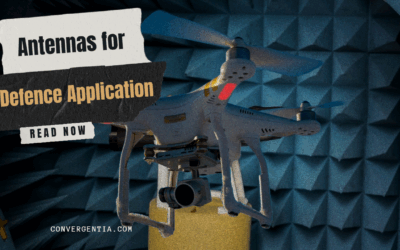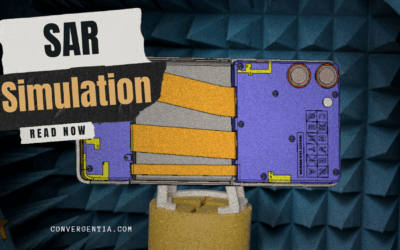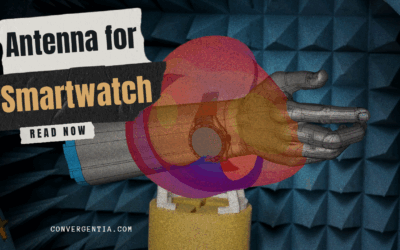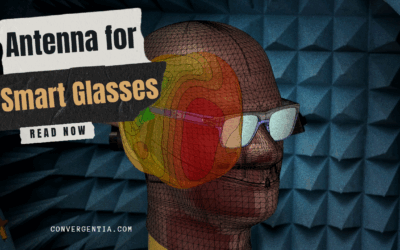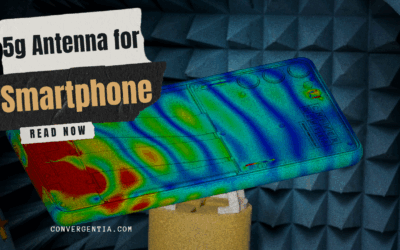Antenna Design for Wearables
On-body antennas are crucial components in wearable devices which enable seamless communication with external systems. They can facilitate health monitoring, sport performance and fitness tracking, military operations, and augmented reality (AR) and virtual reality (VR) experiences. Designing effective on-body antennas for wearable applications presents several unique challenges which need to be taken into account when developing optimized wearable applications.
Imagine launching a next-generation fitness tracker or AR glasses only to find that the device’s wireless signal suddenly drops whenever the user moves or changes posture. In the world of wearables, the biggest challenges often lurk right under our skin: the human body itself. Biological tissues (skin, fat, muscle, bones) absorb radio signals, possibly leading antennas in small devices to become detuned or blocked.
Challenges in On-Body Antenna Design
The human body itself is noisy and lossy for radio waves. With around 60% water content in human bodies, our tissues have high relative permittivity and conductivity, leading to significant absorption and attenuation of electromagnetic waves. Every layer (skin, fat, muscle, bone) has different dielectric properties, so a signal that penetrates the arm or torso can be attenuated in different amounts in power. The body becomes an unpredictable mirror and sponge for RF energy. Engineers must therefore treat the body itself as part of the antenna environment, not just the background.
Designing custom antennas for on-body applications presents unique challenges such as:
- Comfort and Usability: On-body antennas must be lightweight, compact, and unobtrusive to ensure the user’s comfort, especially during prolonged use. Excessive weight or bulkiness can lead to discomfort and limit practical applications.
- Signal Absorption and Reflection: The human body can absorb or reflect signals, reducing efficiency and degrading overall performance. This inherent interference poses a significant obstacle for engineers to overcome.
- Placement and Mobility: Antenna placement directly affects efficiency, as movement, clothing, and proximity to other devices can disrupt performance. Ensuring antennas remain reliable despite the dynamics of human movement and varied conditions is a critical goal.
- Size and Form Factor: Balancing compactness with performance is a delicate task. On-body antenna design needs to take into consideration that antennas need to be small and lightweight to be wearable, yet powerful enough to ensure high-quality communication.
- Electromagnetic Interference: On-body antennas are often exposed to interference from nearby electronic devices and environmental factors,which can impact their ability to transmit and receive signals effectively. Robust shielding and smart design are essential to mitigate such interference.
- Environmental Resilience: These antennas must be designed to function reliably in diverse environments, from damp conditions to temperature fluctuations, without compromising performance.
Designing for Reality: Modeling, Simulation, and Testing
Overcoming the challenges of on-body antenna design demands innovative approaches and practical solutions. Optimized design techniques, leveraging advanced simulations and realistic testing, play a pivotal role in crafting effective on-body antennas. Through miniaturization and conformal design, Convergentia can concept and design antennas that are both efficient and inconspicuous for diverse wearable applications. By integrating realistic models from the outset, engineers can gain insights into the antennas’ actual performance in real-world conditions.
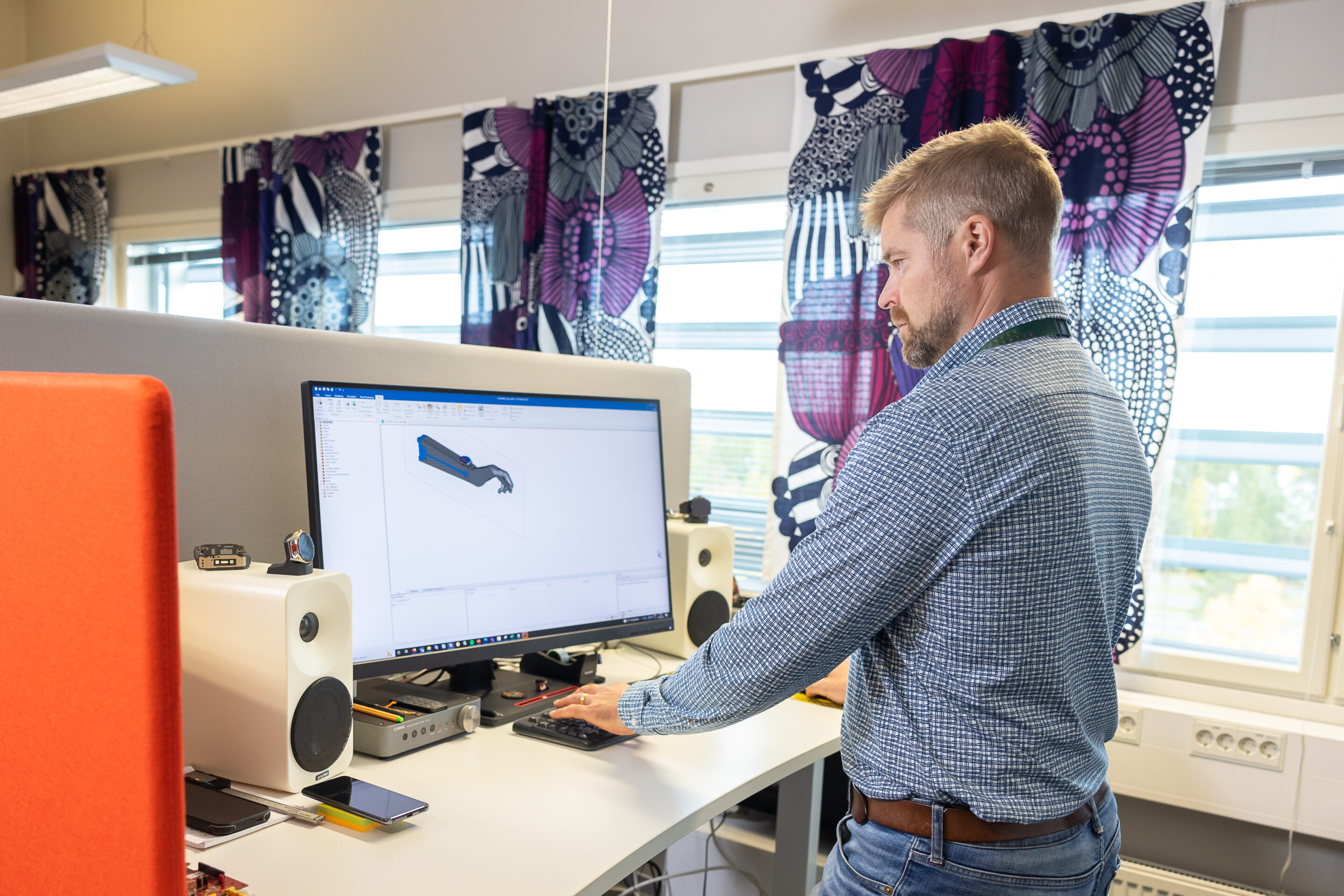
In general, understanding the impact of the human body on the antenna performance at different frequency ranges is critical. Using advanced simulation tools such as CST Studio Suite, engineers can analyze how antennas interact with the human body during the design process. This enables early identification of potential challenges in real-world scenarios. Simulating antenna performance under the influence of body movements ensures dependable functionality. Meanwhile, real-world testing – such as embedding antennas into wearable fitness trackers and evaluating them during physical activities – validates fitness trackers’ antennas’ robustness and reliability.
Real-World Use Cases: Examples in Action
Convergentia has extensive expertise in designing antennas for various wearable applications, including smartwatches, smart glasses, smart rings, headsets, body cameras, and trackers. Each of these wearable devices requires a custom antenna design that takes into account the use case and performance criteria specified by customers for each specific device.
A classical example of the need to assess antenna performance using both realistic device and human models is the evaluation of mobile phone antenna performance under various hand grip positions. People hold their phones in various ways, which must be considered when designing mobile phone antennas and determining their placement, ensuring optimal performance in all usage scenarios.
In the design of antennas for wearable applications such as headsets and smart glasses, it is crucial to evaluate signal coupling between the wearable device and the mobile phone using realistic human simulation models. Ensuring robust
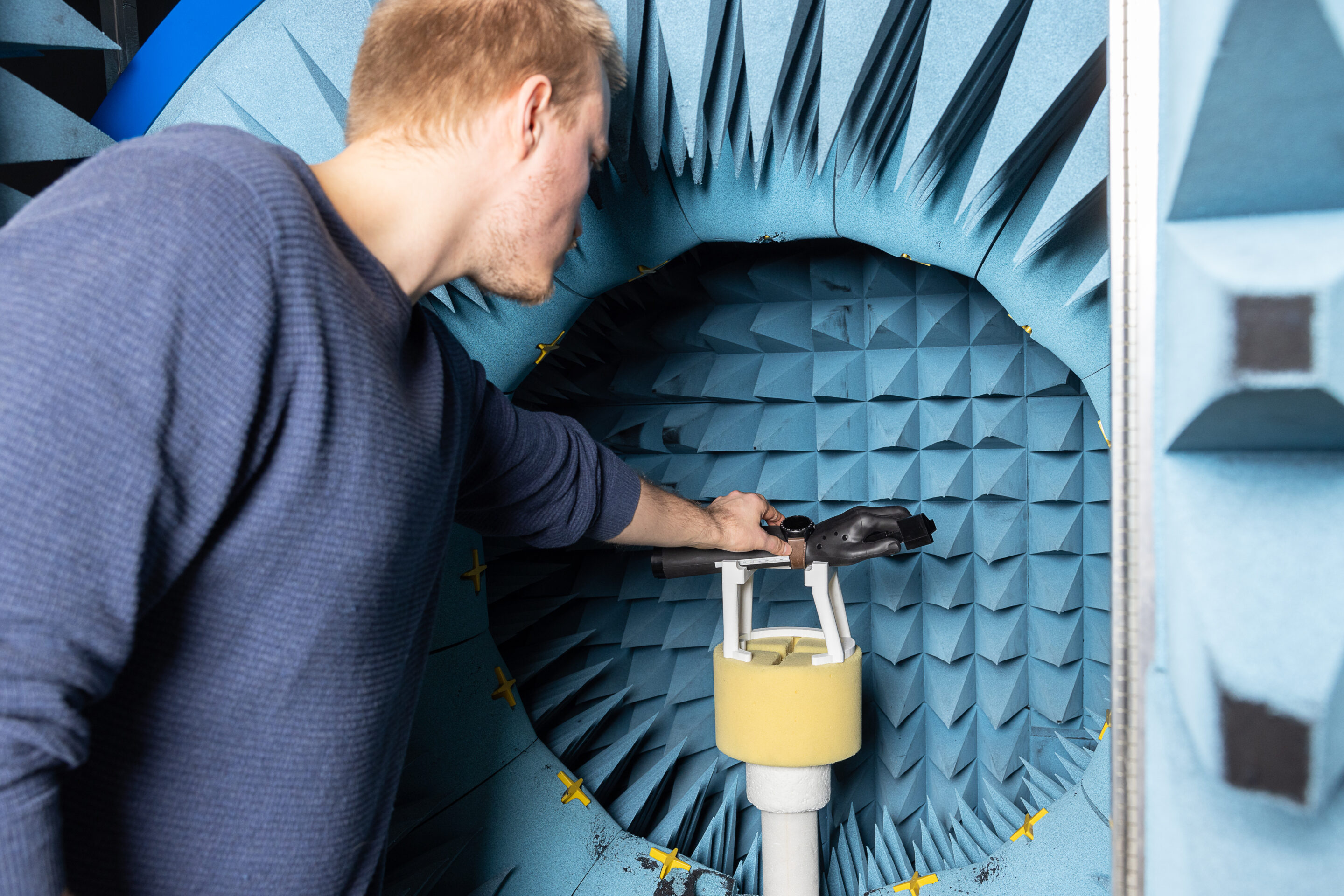
signal quality remains essential, even when the mobile phone is positioned in challenging environments, such as inside a back pocket.
The close proximity of the human body presents unique challenges in antenna design, as it significantly influences antenna characteristics. However, our expert antenna designers can harness these interactions to enhance performance in various applications. By strategically leveraging the body’s presence, they can optimize desired frequencies and precisely direct radiation beams toward specific targets. This approach is particularly valuable in devices such as body cameras and GPS-enabled trackers or smartwatches, where beam targeting plays a critical role in ensuring reliable signal transmission. Through advanced design techniques, we transform challenges into opportunities, delivering high-performance antenna solutions tailored for wearable and body-mounted technologies
A practical example of this approach can be seen in the evaluation of a dual-feed wearable antenna system supporting GNSS L1/L5 (Port1) and WiFi 2.4 GHz (Port2). Total efficiency was measured in both free-space (FS) and body-worn (ARM) conditions. As illustrated in the graph on the right, the GNSS performance significantly improves when the device is worn on the arm, with total efficiency at the L5 band (1176 MHz) increasing by ~6 dB. At the L1 band (1575 MHz), efficiency remains consistently high across both conditions.
Achieving this phenomenon of human body boosting performance in total efficiency is far from trivial. It demands world-class RF expertise and a deep understanding of body-
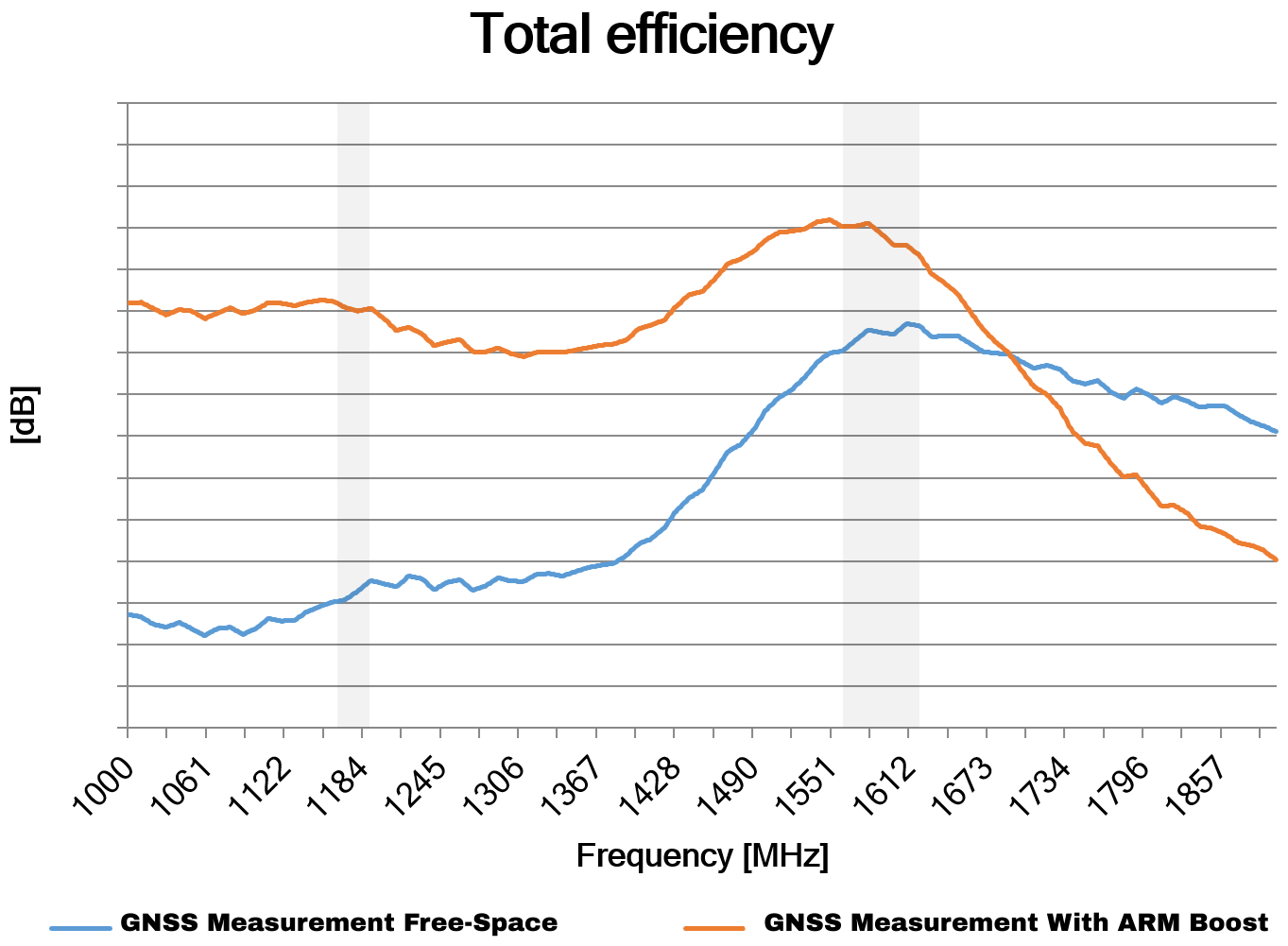
antenna dynamics. But when done right, as demonstrated here, the result is a wearable antenna system that doesn’t just tolerate the body, it leverages it. This is a game-changer for location-sensitive applications like smartwatches, fitness trackers, and trackers, where every decibel counts.
Conclusion: Engineering the Future of Wearables
On-body antenna design for wearable applications presents a complex set of challenges, including miniaturization of antennas, human body interactions, environmental resilience, and user comfort. However, through the integration of advanced simulation tools with realistic human models, the use of innovative materials, and strategic antenna placement, these challenges can not only be addressed but also leveraged to enhance performance and reliability.
At Convergentia, our expertise in wearable antenna solutions ensures that every design is optimized for real-world conditions while meeting the performance criteria set by customers. Whether enhancing connectivity in smartwatches, smart rings, body cameras, or GPS-enabled trackers, our engineering approach balances miniaturization, efficiency, and usability. Through realistic simulations and rigorous testing, we deliver high-performance antennas that seamlessly integrate into wearable technologies.
Looking ahead, emerging trends like mmWave 5G for AR headsets or implantable health monitors will push these challenges even further. Yet the principles remain the same: thoughtful antenna design, thorough simulation, and real-world validation will be key to unlocking truly seamless wearable experiences. In the end, the human body is a formidable obstacle but also a collaborator. With the right antenna design and engineering, wearables can turn our bodies into an ally for connectivity, enabling devices that feel truly lifelike and dependable.

